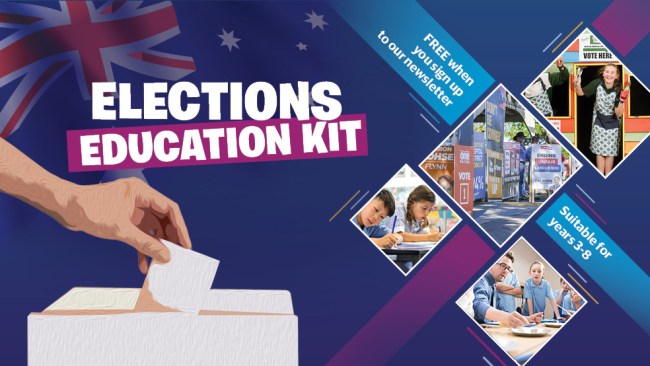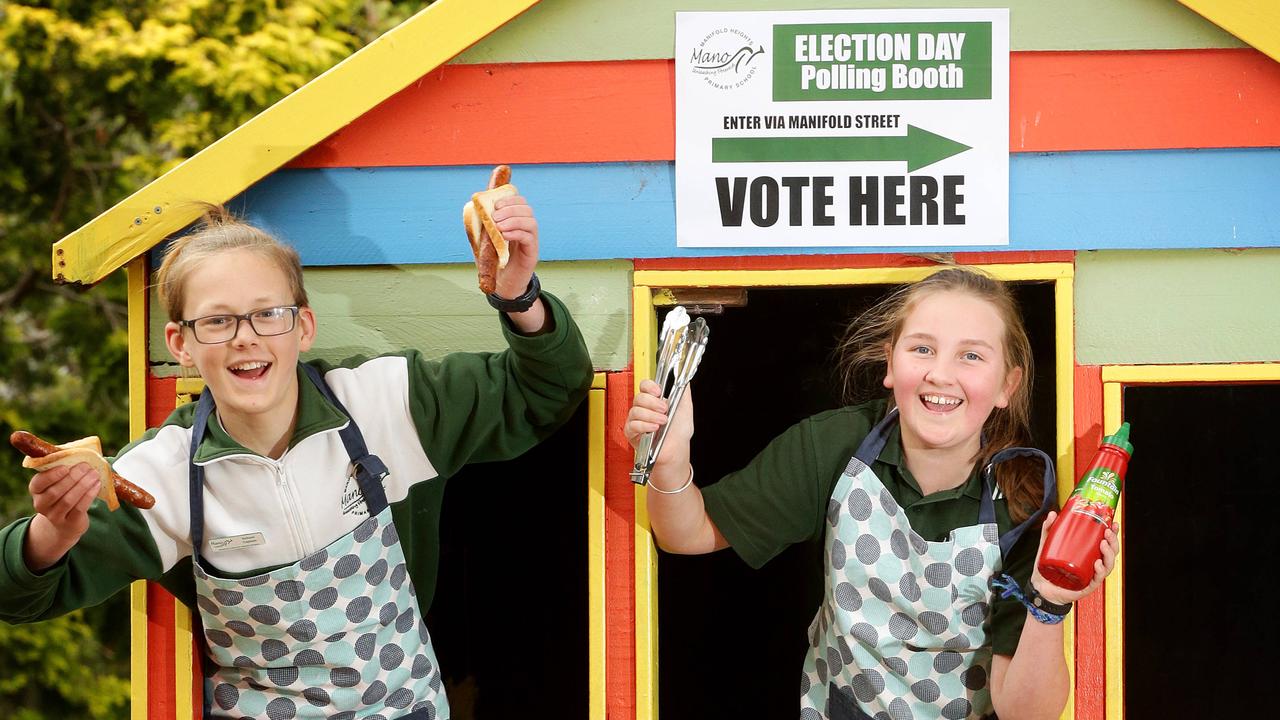Elections Part 1: Learn about why we have elections and what they achieve
PART 1: It’s time for a federal election. Learn about why we have elections and what they achieve
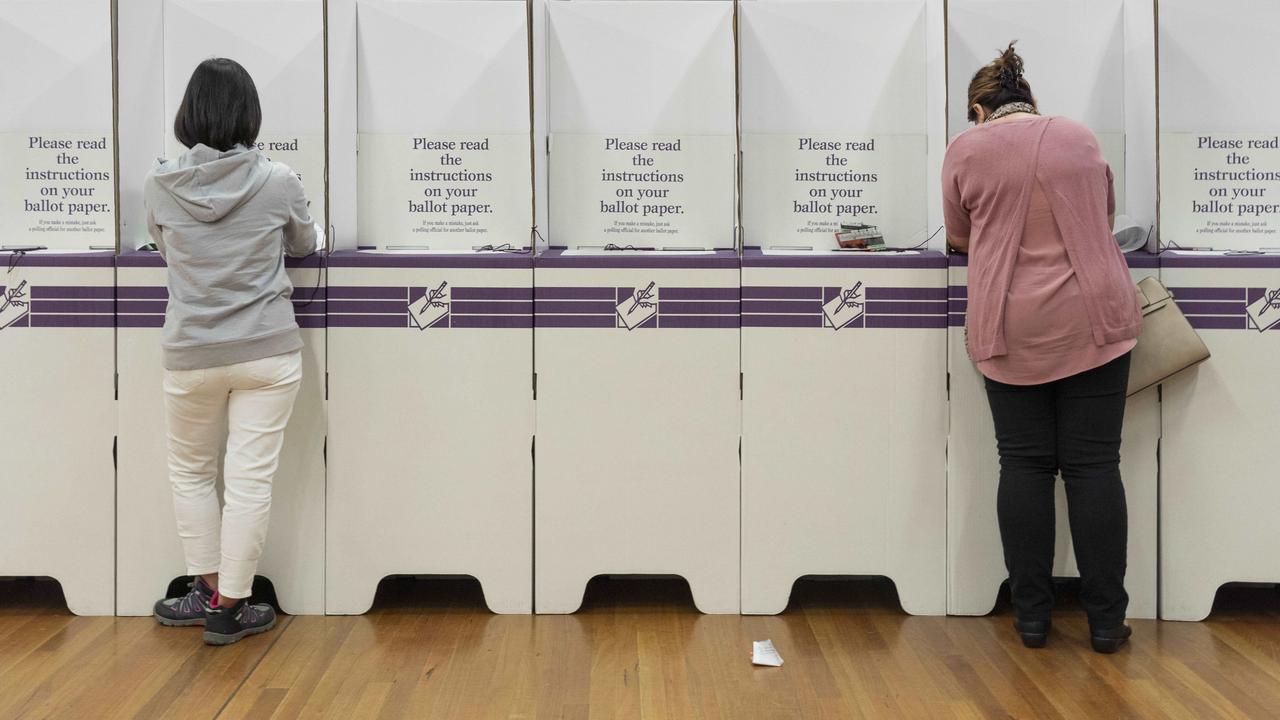
READING LEVEL: GREEN
Prime Minister Anthony Albanese has announced a federal* election will take place on Saturday 3 May.
That’s big news and you’ll hear a lot about this on TV and radio and in adults’ conversations.
What is an election and why is it such big news?
THE RIGHT TO CHOOSE
An election is a way of choosing someone for a role by collecting votes. You may have voted to choose a captain of your sports team or school class.
In the upcoming federal election, Australians will vote to choose who represents them in the federal Parliament in Canberra, where many big decisions and laws about running the country are made.
This way of choosing Australia’s parliamentarians* is called a representative democracy* and is part of the Australian Constitution, the set of laws for governing* the country.
MANY ELECTIONS ON ONE DAY
People usually say “election” singular when they talk about the federal election. Actually, there will be two types of elections on election day: for the upper and lower houses of federal parliament.
The upper house is called the Senate and the lower house is called the House of Representatives. Voters get two ballot* papers, one for the Senate and one of the House of Representatives.

TWO HOUSES
The House of Representatives is where big decisions are initially introduced, discussed and voted on by parliamentarians and it’s where the prime minister sits in parliament.
For a federal election, Australia is divided up into 151 sections or areas called federal electorates.
On election day, voters cast or submit their vote to choose, from a list of candidates, a representative from the electorate they live in.
The candidate who gets the most votes wins a “seat”, which means they become a member of parliament (MP) in the House of Representatives and yes, they literally get a seat in parliament. People call this MP their local member.
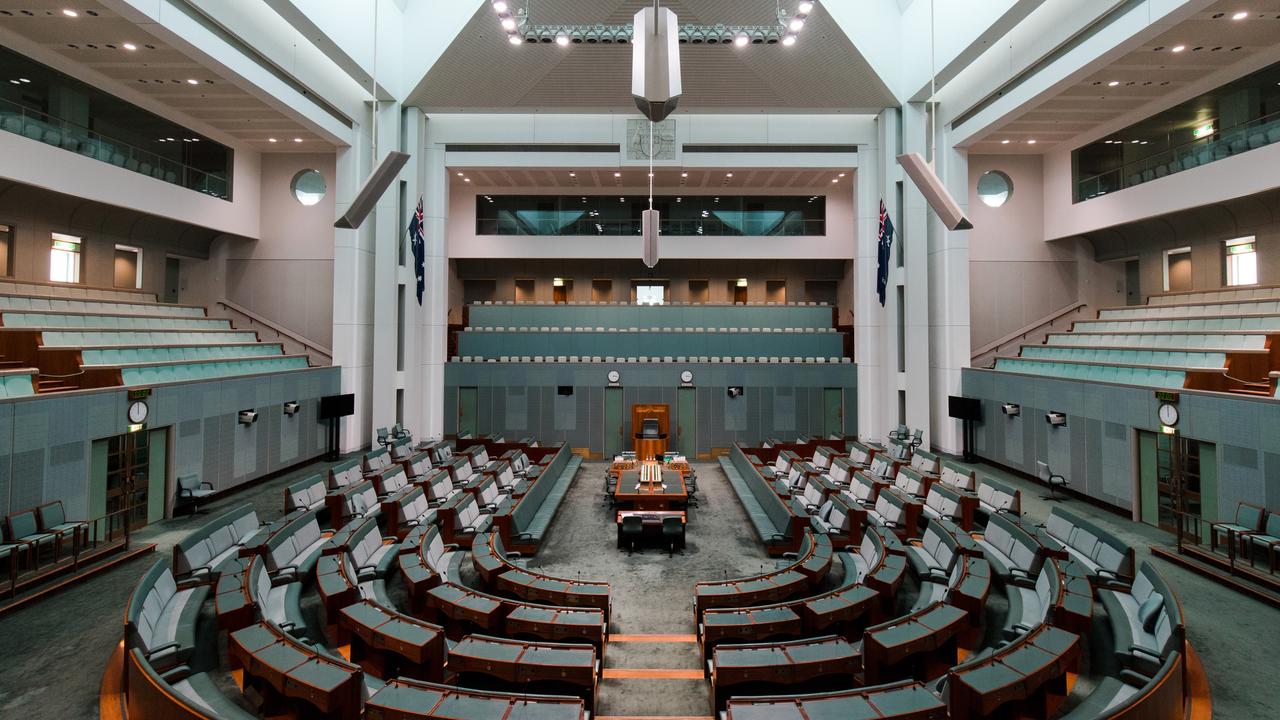
The job of these people is to speak on behalf of the people in their electorate and on behalf of Australians collectively.
The Senate, or upper house, is where big decisions made by the House of Representatives are checked, discussed more and voted on again. The Senate also has the job of checking on the work of the Government.
There are 76 senators; 12 from each state and two from each of the Australian Capital Territory and the Northern Territory.
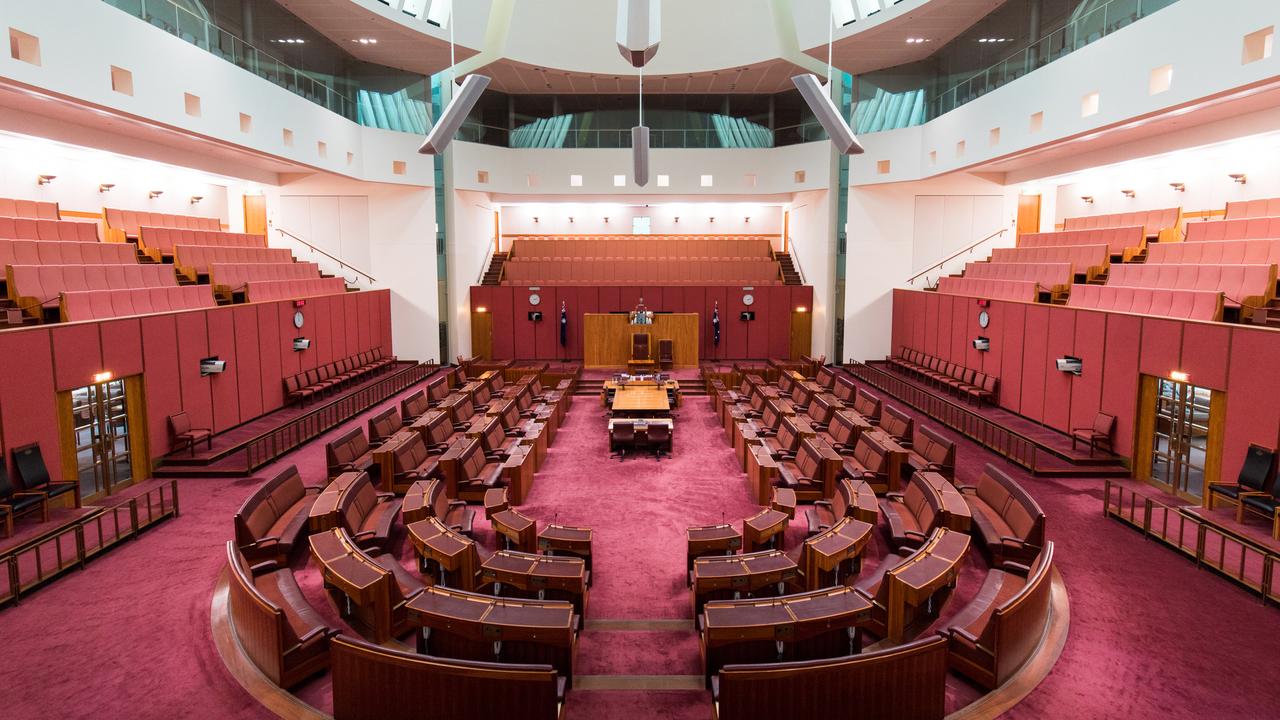
WHY NOW?
The last federal election was on Saturday 21 May, 2022.
It is written in the Constitution* that federal members of parliament are elected for a three-year term, so there must be a House of Representatives election every three years.
All seats in the House of Representatives become vacant at each election.
Senators are elected for a six-year term but there is a Senate election every three years. Half of the 12 Senate seats in each state and both of the Senate seats in each of the two territories become vacant at each election.
PARTY POLITICS
Elections help decide which members of parliament will form Government.
Parliament works a bit like a team sport. Many of the candidates who are elected to parliament belong to teams called parties. The party that wins the most seats in the House of Representatives gets to be the government and the leader of that party in the House of Representatives gets to be prime minister.
At present, that’s the Labor Party.
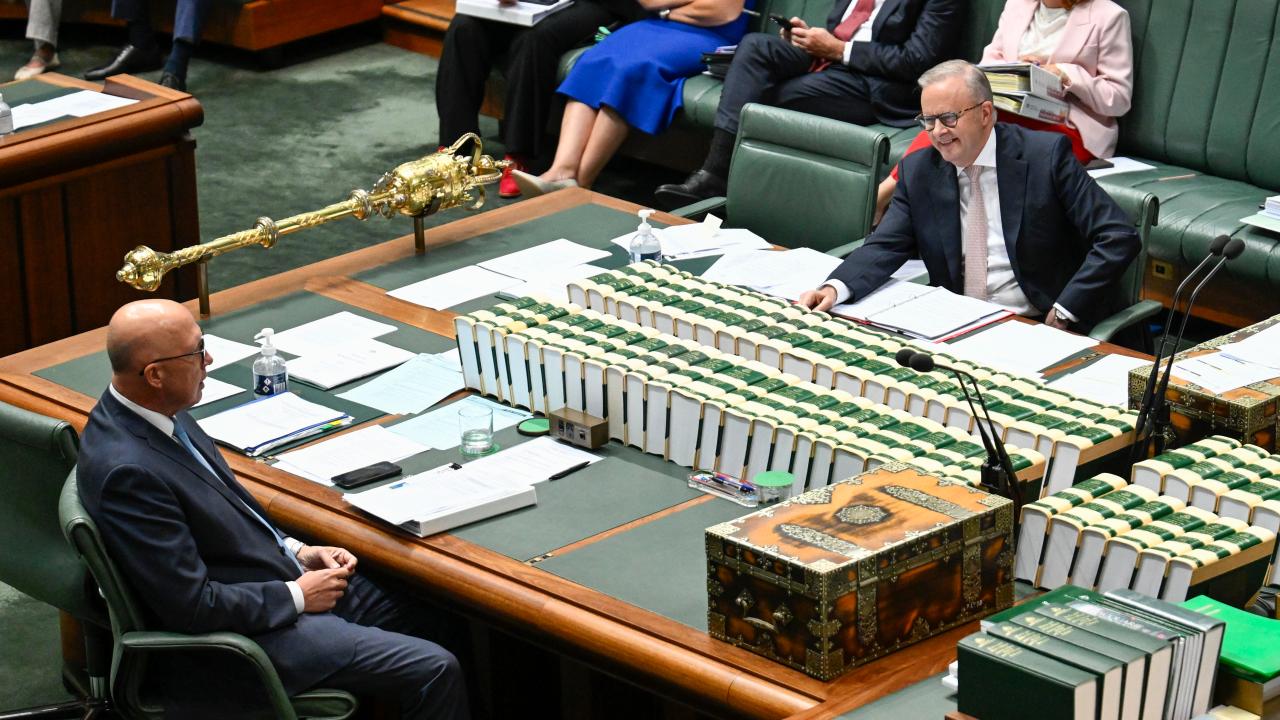
The party with the second-most seats gets to be the opposition. At present, that’s the Liberal Nationals. The Liberal Party works together in a partnership – called a coalition – with the National Party. The opposition’s job is to question and keep in check the work of the government.
There are also minor parties with parliamentarians in parliament, plus independents, who aren’t part of any party.
If no party or coalition of parties wins a majority in the House, the result is called a hung parliament. The last time this happened after an election was in 2010.
However, when Malcolm Turnbull resigned from the Parliament on 31 August 2018, the Coalition then held 75 of the then 149 seats in the House of Representatives.
By dropping below 76 seats, it is at least arguable that a hung parliament briefly emerged upon Mr Turnbull’s resignation. The issue was resolved when the results of the Wentworth by-election in Mr Turnbull's former electorate were confirmed.
That temporary 2018 hung parliament followed that of 2010–13. The only other hung parliament was that of 1940–41.
The Constitution does not deal with a hung parliament; unwritten conventions apply instead. Constitutional expert Anne Twomey has said that if after an election no party emerges with an absolute majority in the House of Representatives, "the incumbent Prime Minister, as the last person to hold the confidence of the House, has the right to remain in office and test his or her support on the floor of the House".
It is still possible for a party or coalition to form government with the support of independent and/or minor party members. This type of government is known as a minority government.
Sources:
peo.gov.au
aph.gov.au
GLOSSARY
- federal: relating to the whole country, rather than a single state or territory
- parliamentarians: people who are elected to parliament
- democracy: a system of government in which the people get a say in who their leaders are
- governing: having the power to run or rule an organisation, state or country
- ballot: a system of secret voting
- Constitution: basic principles and laws of a nation, state, or social group that set the powers and duties of government and confirm citizen rights
EXTRA READING
Enrol, vote and eat a democracy sausage!
Step inside the houses of federal parliament
Australia’s system of government
Parties line up in the game of politics
QUICK QUIZ
- What date will the federal election happen?
- What are the two house of parliament called?
- How many federal electorates does Australia have?
- How often must a federal election be held?
- Which party is currently in government?
LISTEN TO THIS STORY
CLASSROOM ACTIVITIES
Refer to the accompanying Elections Education Kit classroom workbook with 20 activities. It’s FREE when teachers subscribe to the Kids News newsletter.
